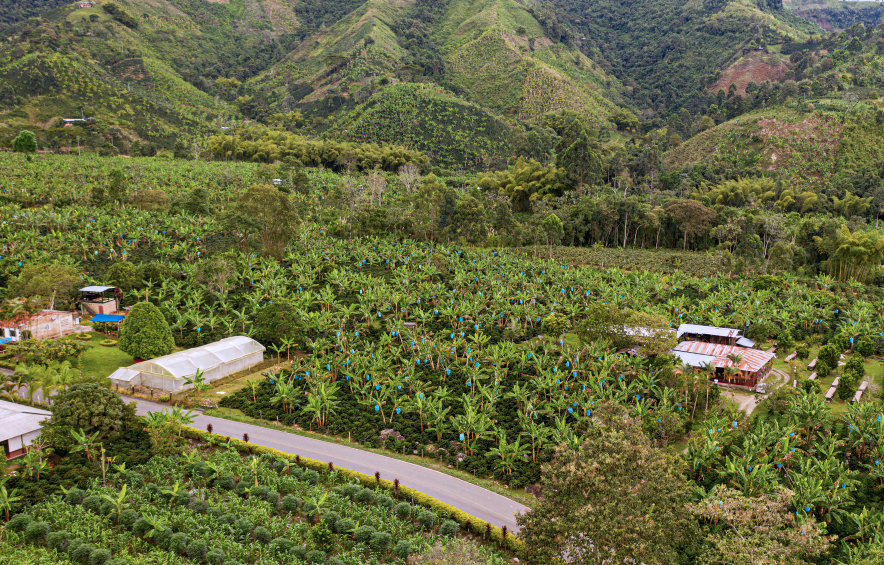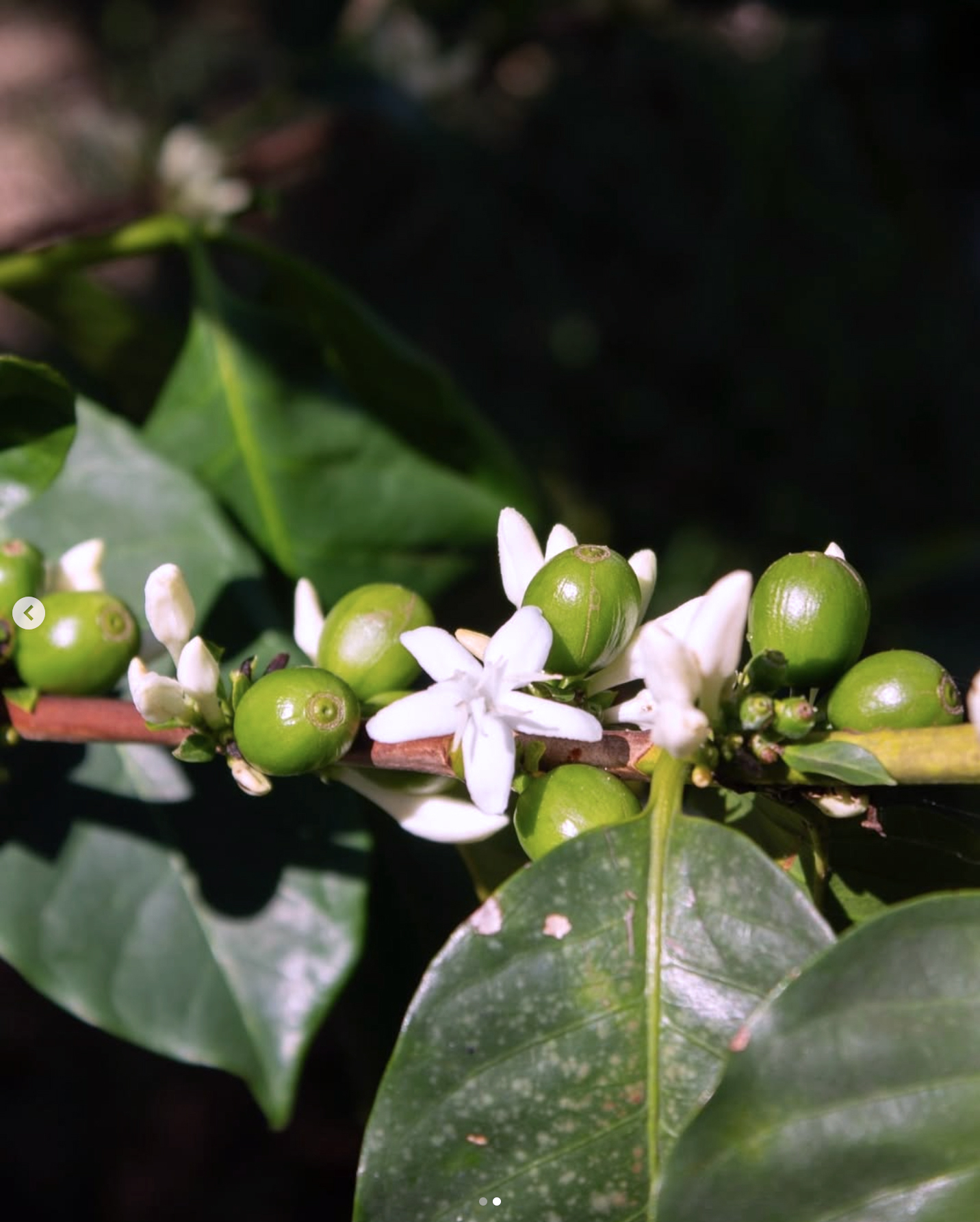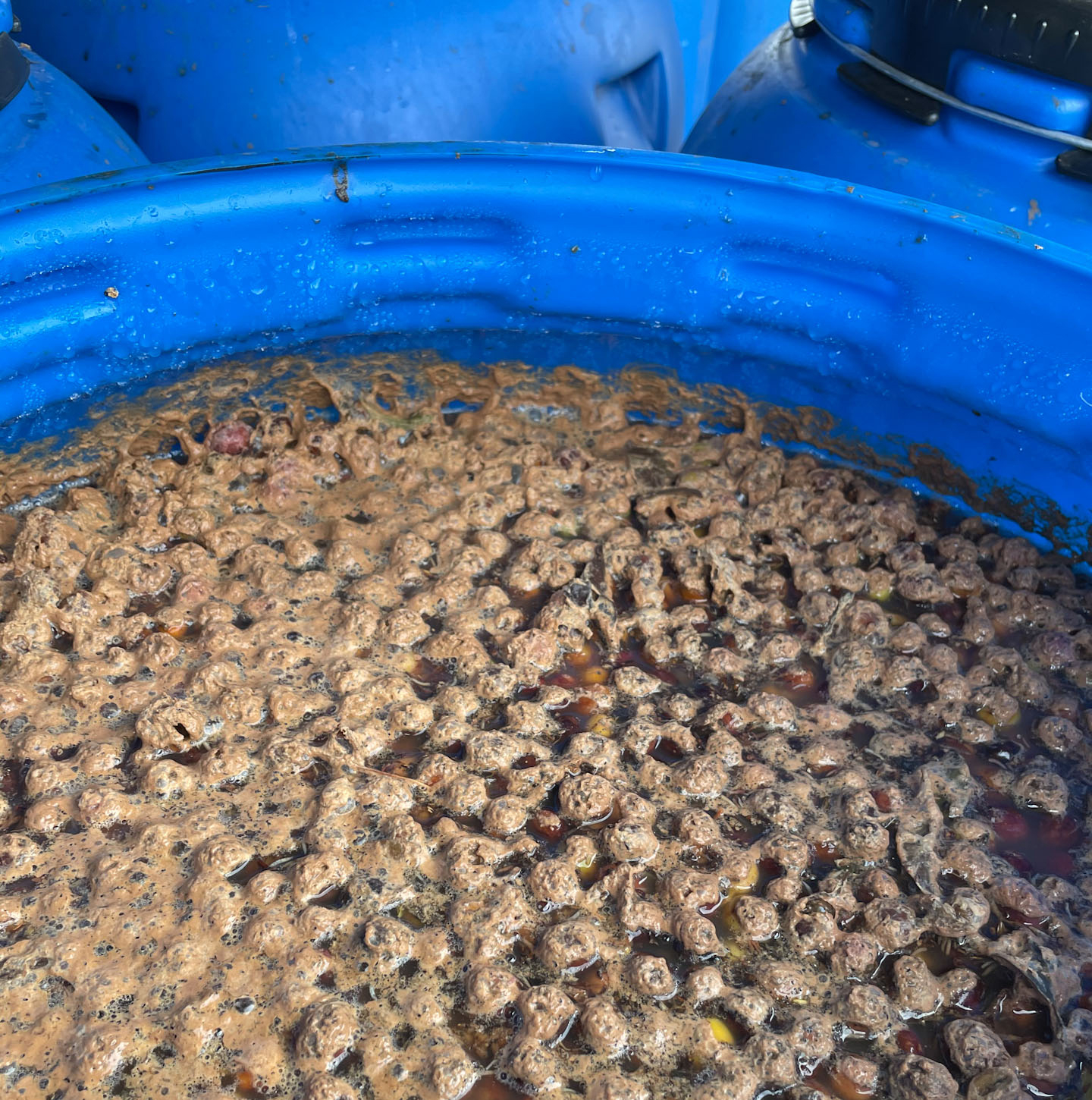













Colombia
250g
Cup Notes: Peach, Rose, Lychee, Caramel
Processed using an innovative fermentative technique with native yeasts that enhance a burst of fruits and aromas, this coffee offers a fresh, fruity profile with vibrant, expressive flavours.
Suggested for espresso and filter
when we roast
We freshly roast to order all coffees on Monday, Wednesday and Friday (excluding national holidays), and ship the same day! Cut-off time is 11:59pm (UTC+1) of the day before the roast day. *We only ship whole beans*
Located in the heart of Pereira, Risaralda, against the stunning backdrop of Los Nevados National Park and the volcanic complex of Nevado del Ruiz, Finca Milán stands as a testament to Julio Cesar Madrid’s enduring passion for coffee. Since assuming ownership of the farm in 1982, Julio, a third-generation coffee producer, has cultivated Finca Milán into one of the farms in Café UBA, an alliance in Risaralda that also includes La Riviera and Buenos Aires, encompassing 60 hectares of rich loamy-clay soils.
Situated at elevations ranging from 1,400 to 1,800 masl in the Andean mountains, the farm benefits from an ideal climate with temperatures averaging between 21 and 28℃ and annual precipitation totalling 1800 mm, with the average the humidity level of 74%. Alongside traditional crops like plantains, corn, and beans, Finca Milán specializes in growing a diverse array of coffee varieties including Colombia, Castillo, Supreme, Caturra, Catiope, Pink Bourbon, and Red Bourbon.
The farm is also equipped with a state-of-the-art processing station under the UBA alliance, where Julio oversees meticulously executing processing with methods such as Natural, Honey, Washed, Double Fermentation, and Culturing.
Julio's dedication to innovation extends beyond traditional practices, in which he is influenced greatly by his daughter, a biologist who researched the sensory experience (Organoleptic properties) in connection with the use of microbial starter cultures in coffee fermentation, and she has helped Julio improve his processing methods. This lot is the result of such innovation, offering a unique flavour profile.

Caturra is a natural mutation of the Bourbon variety, first discovered between 1915 and 1918 on a plantation in Minas Gerais, Brazil. The variety’s name is derived from the Guarani word meaning “small,” reflecting its characteristic compact size. This single-gene mutation causes the plant to be smaller, a trait known as Dwarf/Compactism, which allows for denser planting and greater fruit production within the same space. The Instituto Agronômico (IAC) of São Paulo initiated mass selection of the variety starting in 1937, focusing on the benefits of Caturra’s closely spaced secondary branches and compact structure, which were ideal for intensifying production.
Although Caturra was never officially released in Brazil, it became widely adopted in Central America following its introduction to Guatemala in the 1940s. It was not until the 1970s that commercial adoption spread throughout Central America, particularly to Costa Rica, Honduras, and Panama, where it became one of the most economically important varieties. For decades, it was often used as a benchmark against which new cultivars were tested. In Colombia, Caturra was once thought to account for nearly half of the national coffee production until government programs, starting in 2008, promoted the replacement of Caturra with the Castillo variety, a leaf-rust-resistant hybrid derived from Caturra.
Caturra played a pivotal role in the intensification of coffee cultivation in Central America, encouraging the use of higher-density planting techniques, typically in full sun, during the latter half of the 20th century. Caturra is also a key parent of the Catimor family of hybrids, which were developed to combine its dwarfism with rust resistance. The legacy of Caturra continues to influence modern coffee breeding, especially in terms of producing compact plants with higher yields and greater disease resistance.

After being picked at peak ripeness, the coffee cherries are sorted for quality and density at the processing centre before being placed in a temperature-controlled bioreactor alongside fermented fruits, as well as a specially curated starter culture. The fermentation process lasted 36 hours, during which time the temperature was manipulated and the mucilage juice, recirculated.
The coffee was then dried in a dark, temperature-controlled room outfitted with a dehumidifier.
